Jeep has reinvented the Compass for its third generation with a bold new look, a more upmarket cabin and the option of having one as an electric car for the first time.
With 2.5 million units sold worldwide since it was launched in 2006, the Compass is one of Jeep’s most important and popular models. The company’s Europe boss, Fabio Catone, said this latest generation will be “a key driver for Jeep growth” – building on the success of the smaller Avenger, which played a big role in the brand trebling its UK sales last year.
Available to order now and with deliveries due to begin in the autumn, the new Compass will be crucial in helping Jeep to claim a share of Europe’s popular C-SUV segment, which now accounts for around a quarter of all car sales in the region and is expected to be 90% electrified by the end of 2026.
The new Compass is based on the same STLA Medium architecture as the latest Vauxhall Grandland, Citroën C5 Aircross and Peugeot 3008. But it has been engineered to offer superior off-roading capability, claims Jeep, to position it as “the most capable” car in its class.
To that end, it has gained a suspension lift over its Stellantis platform-mates to give it up to 200mm of ground clearance and a maximum wading depth of 470mm. It also has shortened overhangs at each end, giving an approach angle of 20deg, a breakover angle of 15deg and a departure angle of 26deg. All variants get a suite of drive modes for different types of terrain, controllable by a chunky red dial on the centre console.
At 4548mm long, the Compass is among the shorter cars to use this platform, but it is 150mm longer than the old car. Its 2795mm wheelbase is a significant 159mm longer, which is said to result in an extra 55mm of leg room in each row.
The third-generation Compass bears little resemblance to its forebear, instead taking influence from the smaller Avenger, with a few subtle nods to Jeep’s heritage.
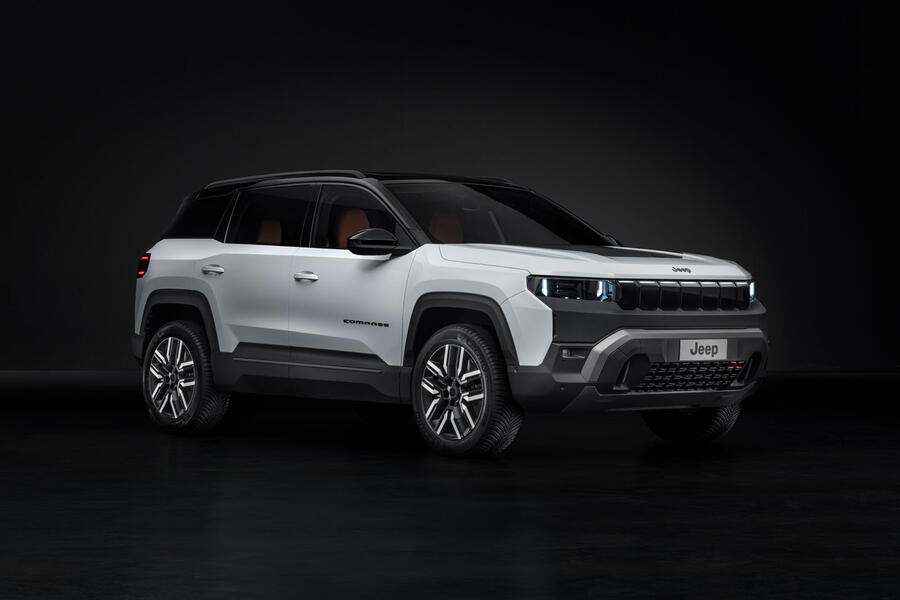
Its design was a collaborative effort across various global studios but was led by Jeep’s team in Turin.
“Turin is one of those cities that exemplifies the European lifestyle, and European cities are almost like urban jungles – the way people park and run over stuff – so what works in the woods also works in the city,” Stellantis chief design officer Ralph Gilles told Autocar.
“It’s not often we get to redo an icon like the Compass,” he added, emphasising the need to ensure Jeep’s mid-sized SUV stands out in a crowded segment. “When we came out years ago, we were the only game in town – there weren’t that many compact SUVs – and of course a lot of people have come into the scene and emulated us.”
With that in mind, Gilles’s brief to Compass designer Daniele Calonaci was to “make it rugged, make it more bold but, at the same time, detoxify”.
So the new Compass doesn’t feature any chrome – for ecological reasons and “to clean it up a little” – and it is overall a chunkier and more minimalistic proposition than before.
The design also features a new face – “one of the most intimidating parts of doing a new Jeep”, said Gilles – with the seven slots reimagined as a wraparound panel.
The exterior overhaul is matched by a dramatically different cabin with a 10.0in digital gauge cluster, a 16.0in touchscreen and an array of touch controls. The aim is for the Compass to serve as a more direct rival to the Kia Sportage and Hyundai Tucson.
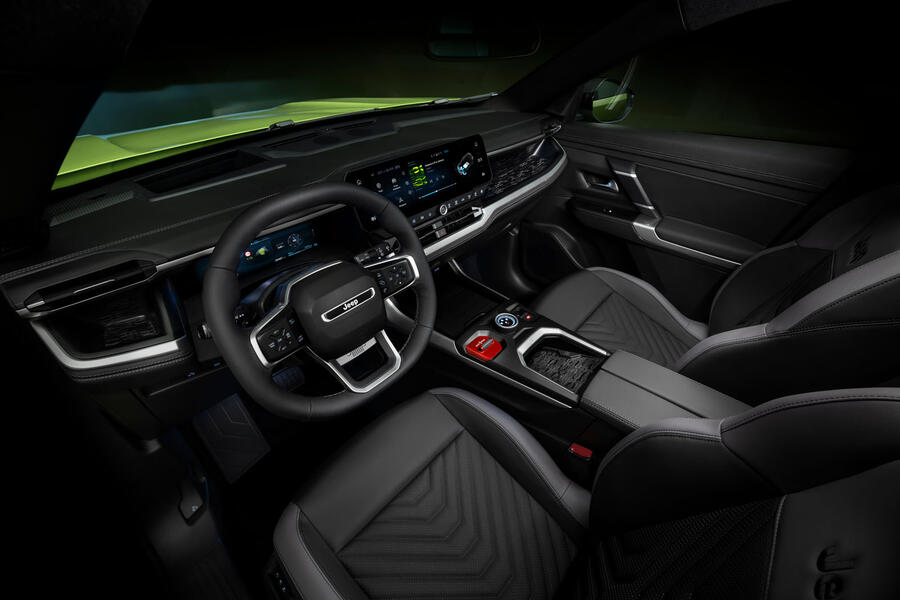
“State-of-the-art technology will be standard on all models,” said Catone, “with features usually found in premium and upper segments.”
The new Compass will be the first Jeep offered with the choice of hybrid, plug-in hybrid and pure-electric powertrains. Catone said this ensures it is “capable of meeting 90% of segment demand” in Europe.
Both of the combustion-powered variants are front-driven. There’s a petrol mild-hybrid model with 143bhp and a 1.6-litre plugin hybrid with 192bhp and a 21kWh battery that will enable around 53 miles of engine-off running.
The electric Compass is available with either a 211bhp or 229bhp motor on the front axle, giving 311 miles of range from a 73kWh battery or up to 404 miles with a 96kWh pack.
At the top of the line-up is the all-electric 4xe, the only Compass with fourwheel drive from launch. It is equipped with a second, 177bhp electric motor on the rear axle that takes total power to 370bhp, making this Europe’s most powerful STLA-based car yet.
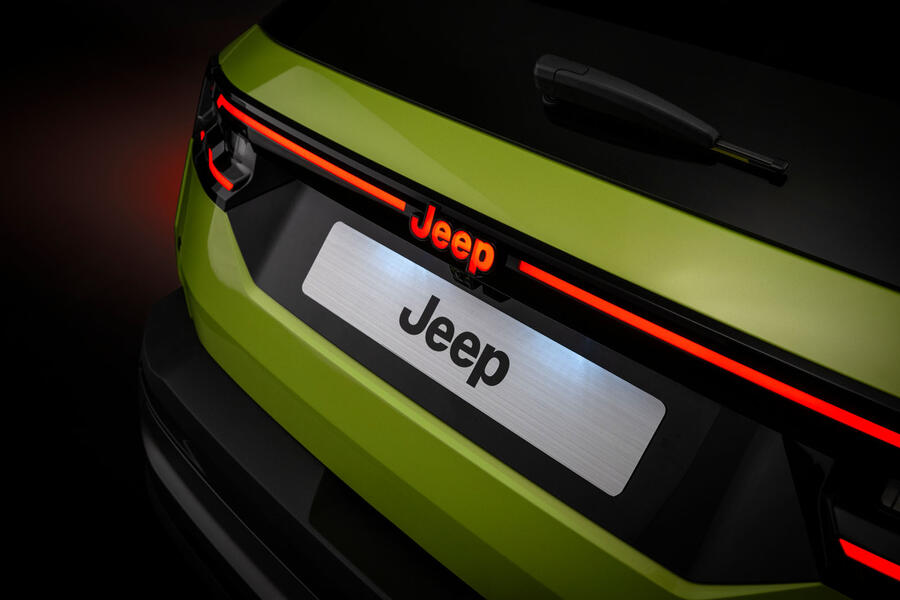
More significantly, this new motor – bespoke to Jeep – puts out 170lb ft of torque and runs through a 14:1 reducer, which means up to 2380lb ft is available at the rear, enabling the Compass 4xe to pull itself up a 20% incline even if there’s no traction at the front wheels.
In keeping with the 4xe’s more extreme billing, it has a 10mm suspension lift to boost ground clearance and give 31deg departure, 16deg breakover and 27deg approach angles.
The Compass First Edition will be priced at £35,700 in mild-hybrid form and £39,200 as a EV. PHEV pricing will be revealed later.
Q&A: Ralph Gilles, chief design officer, Stellantis

Is it a challenge to adapt modular, road-focused group architectures to Jeep’s needs?
“The good news is that everybody realises how important Jeep is to Stellantis and [the architectures] give us quite a bit of leeway. We negotiated a lot of leeway ourselves – for the largest wheel possible, and there was some overhang to be reduced. So it was foreseen with that ability. We were able to really protect that platform for several future products.”
Do you feel as though Jeep has lost a unique selling point as other brands start to trade on utilitarian ‘design for purpose’?
“There’s only one at the end of the day. I know that’s our tagline, but we really do believe that. When you’re Jeep, you have that confi dence that people are going to get exactly what they want out of it. We found the sweet spot in giving the right image, the right robustness.”
You have 80 years of heritage. As everyone is doing retro, why not lean on that in your designs more?
“It’s been done. We don’t need to do that. I’m actually proud of the direction this has taken, which is much more futuristic and timeless. As modern as it’s gone with the design, it has a beautiful understatedness to it, which I think makes it last and broadens its appeal.”

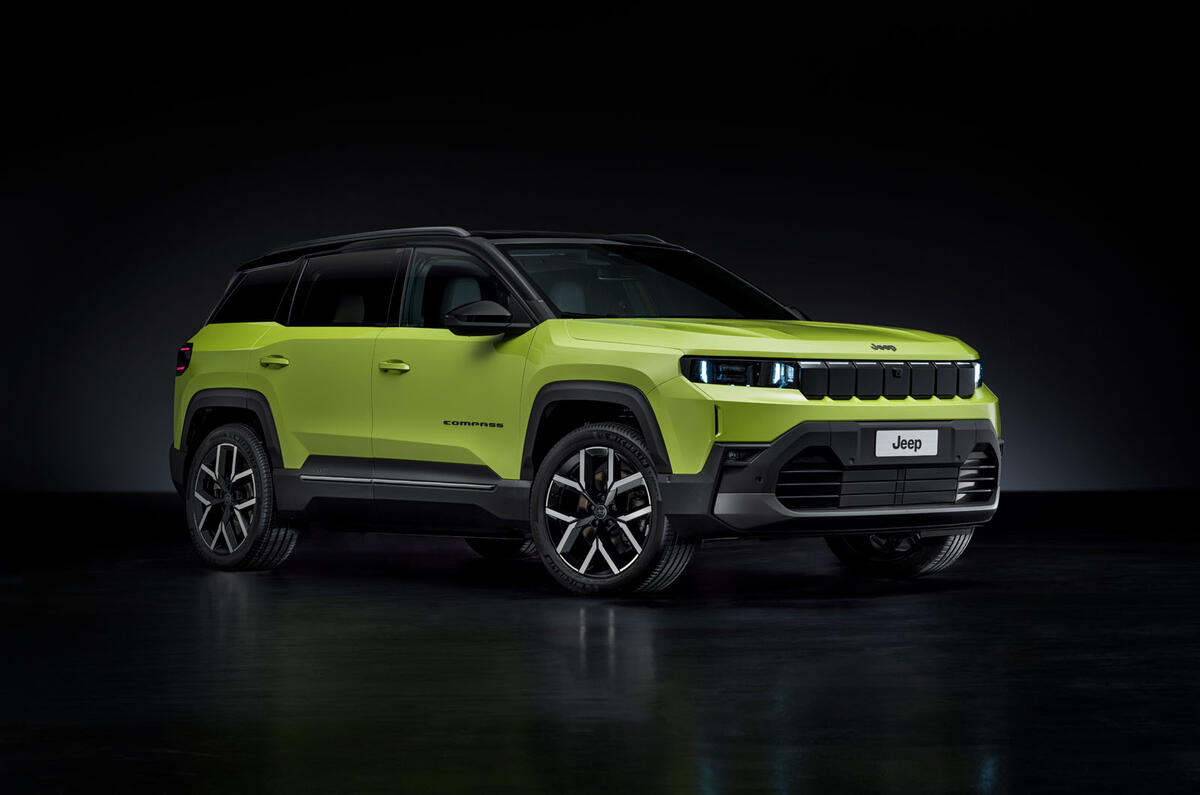
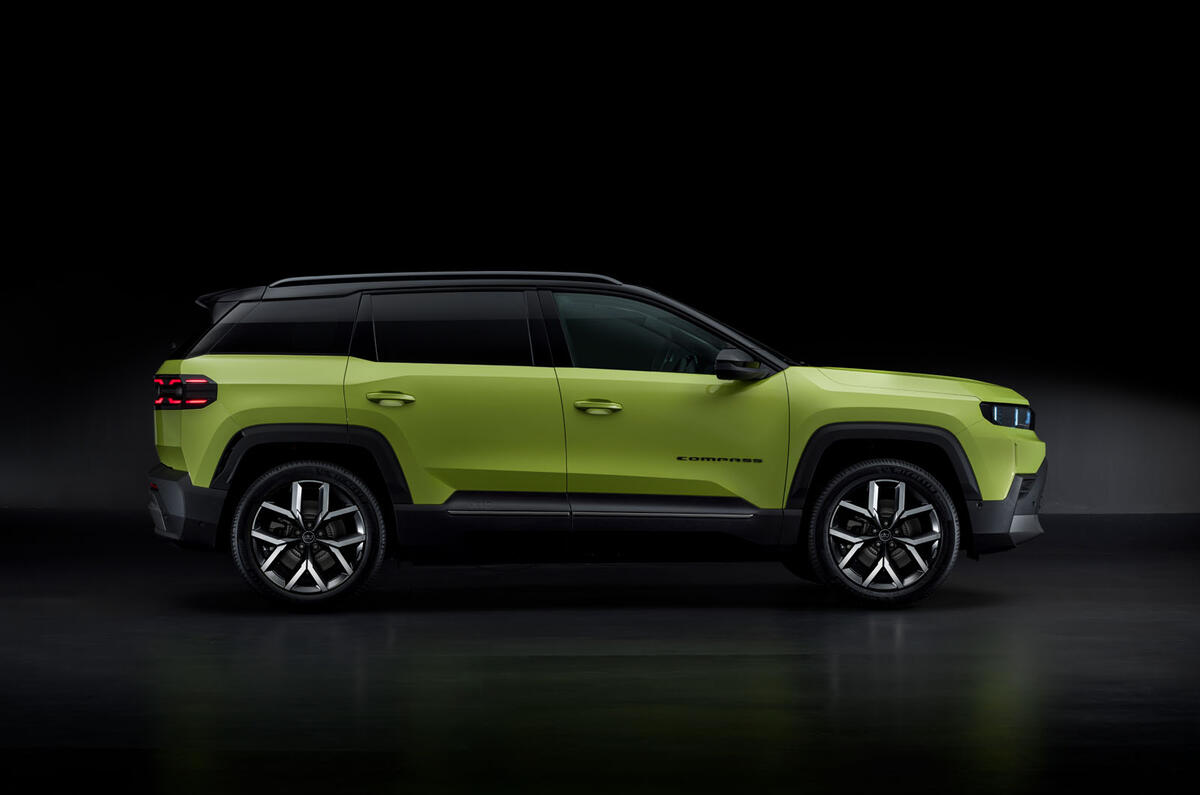
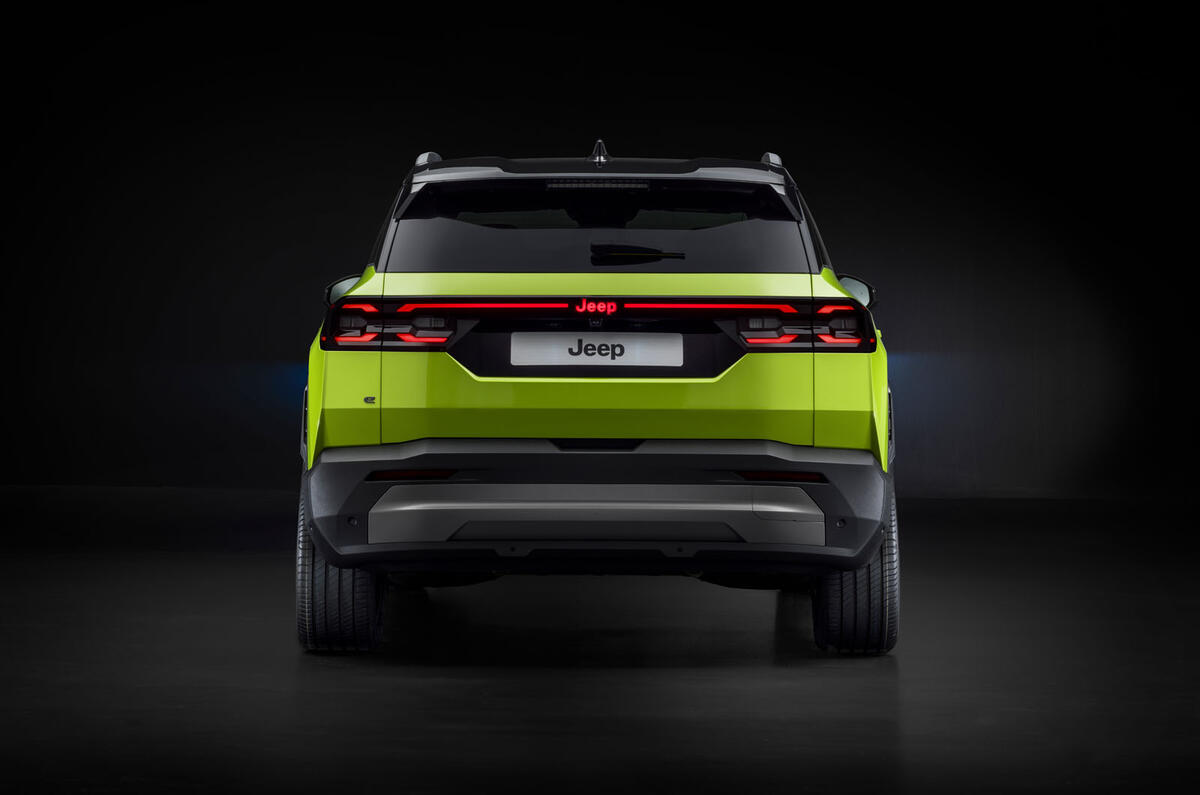
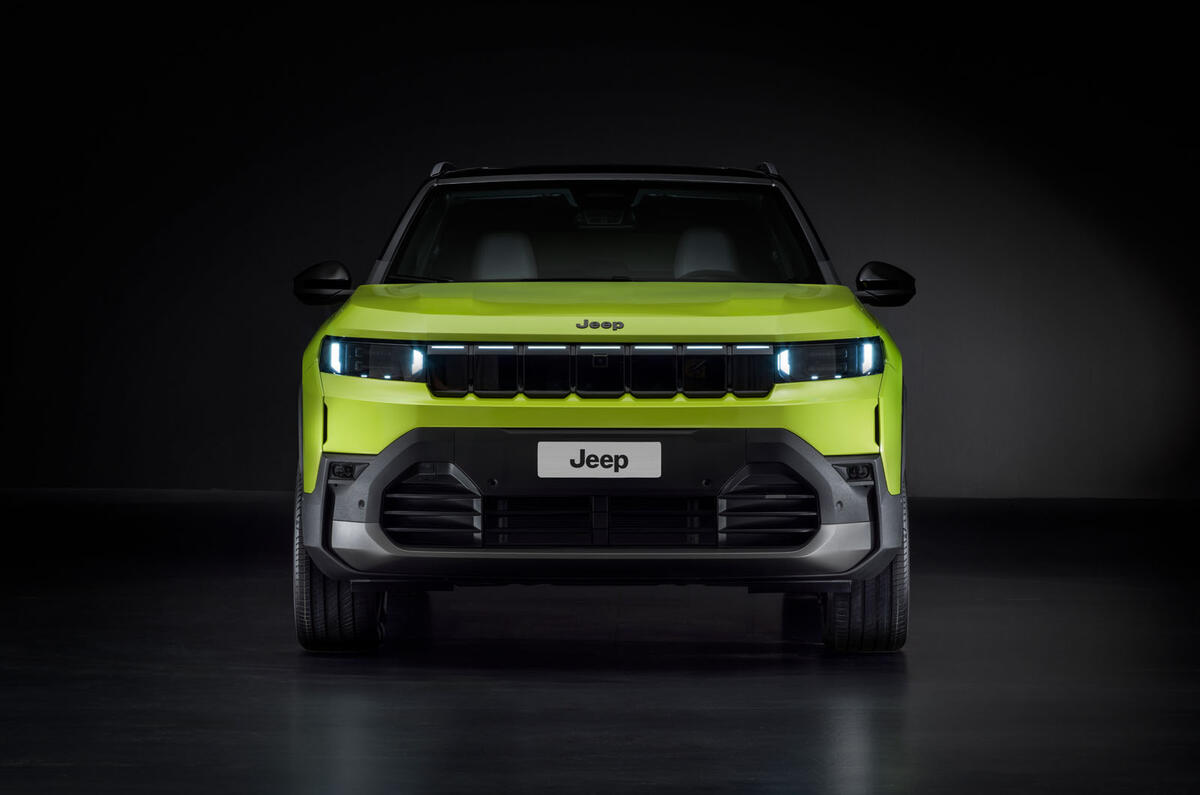

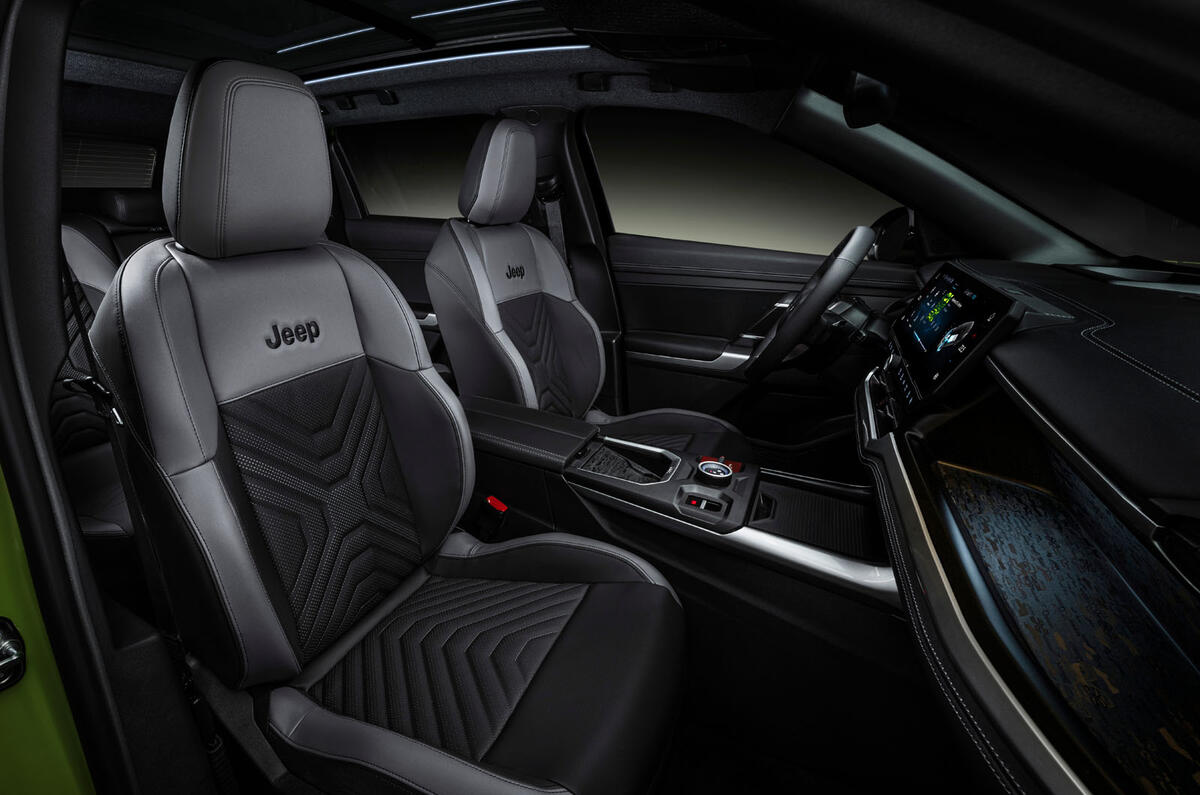
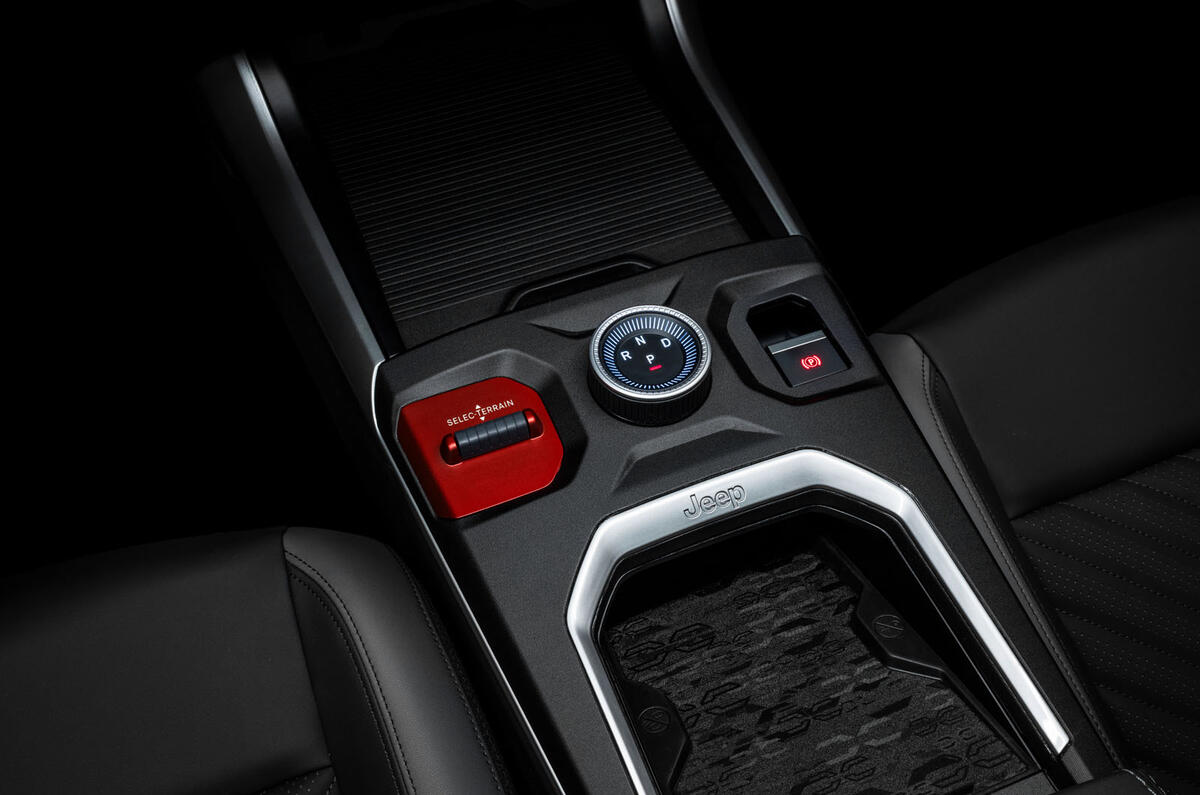
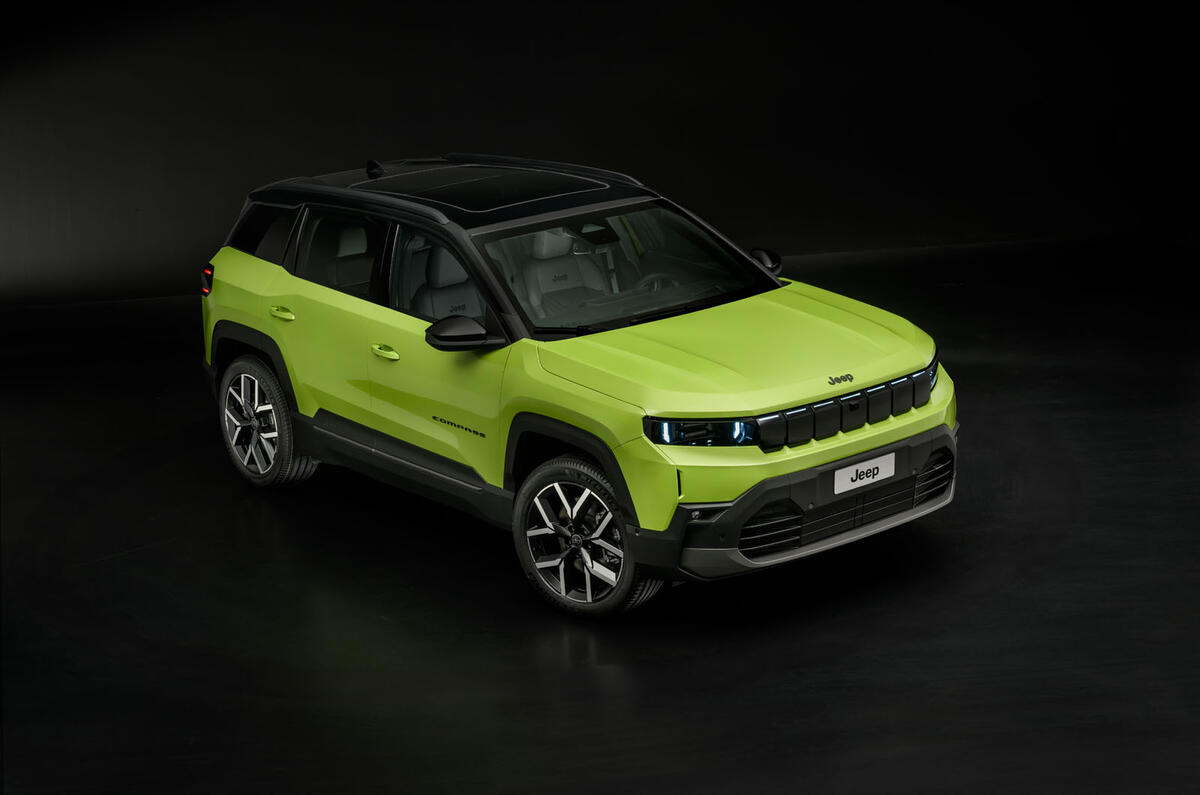
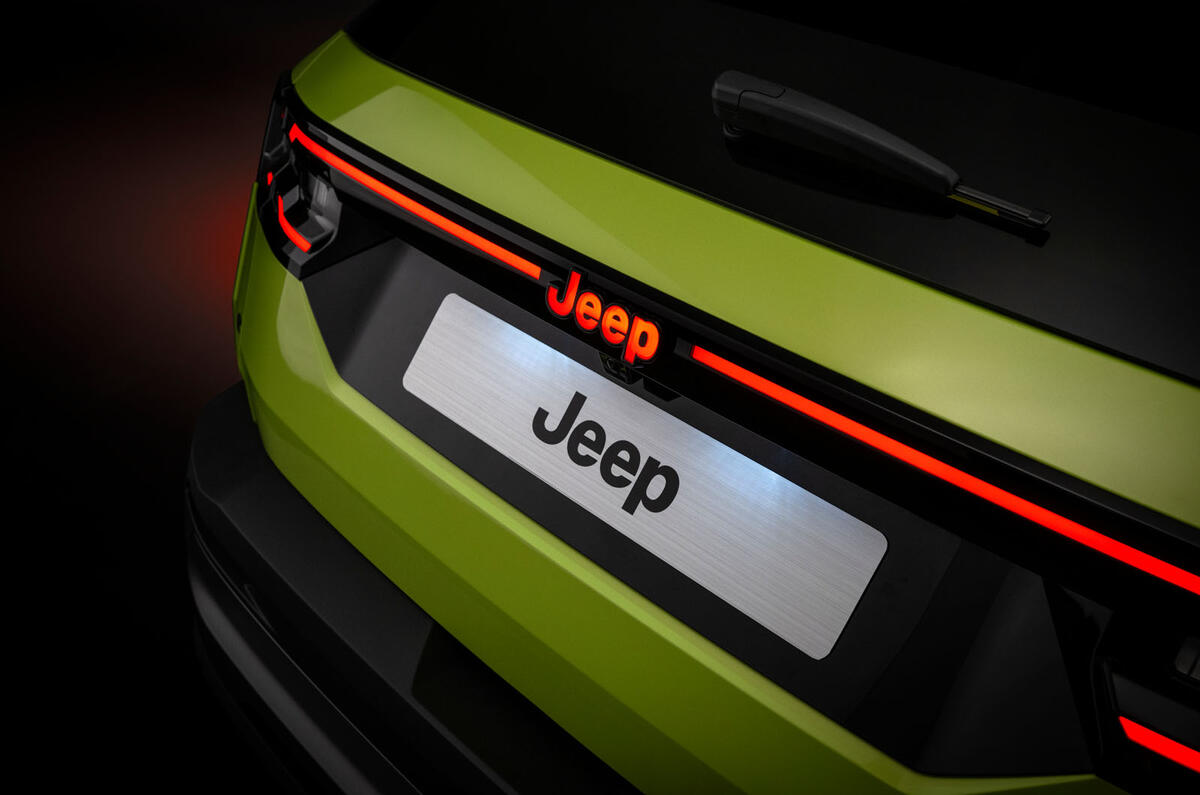
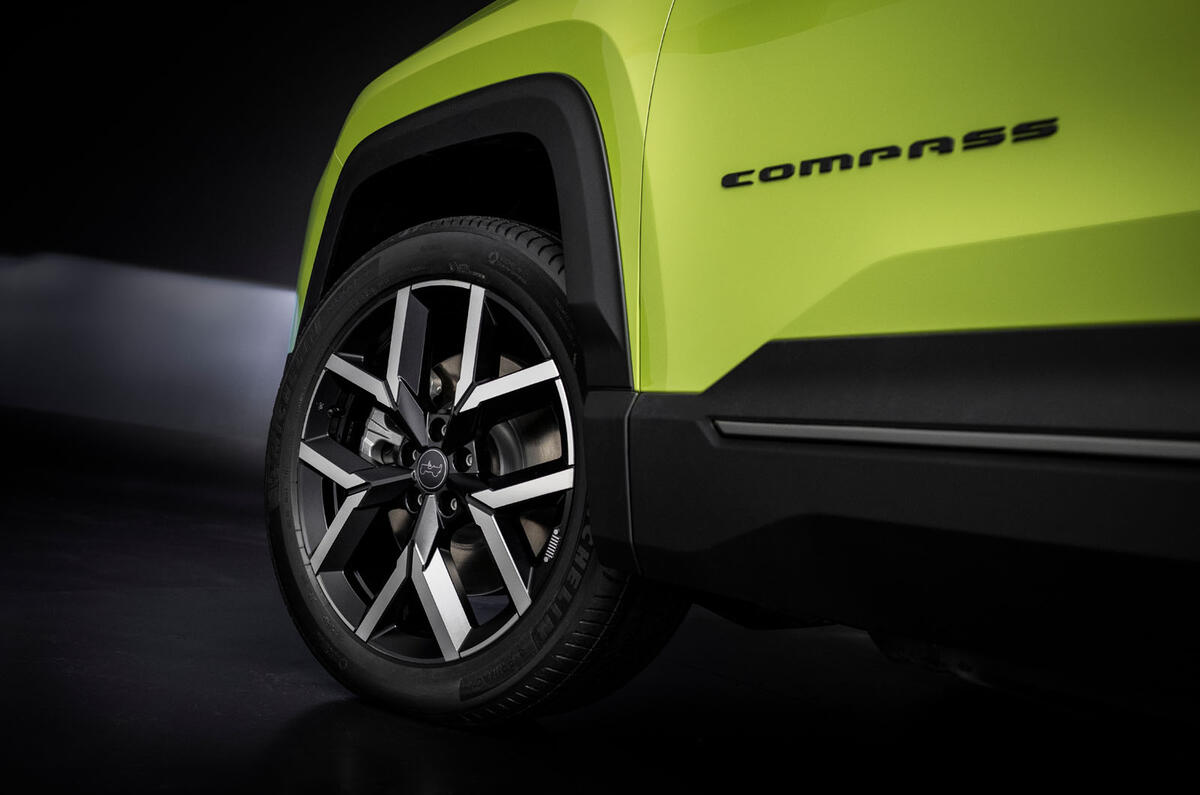
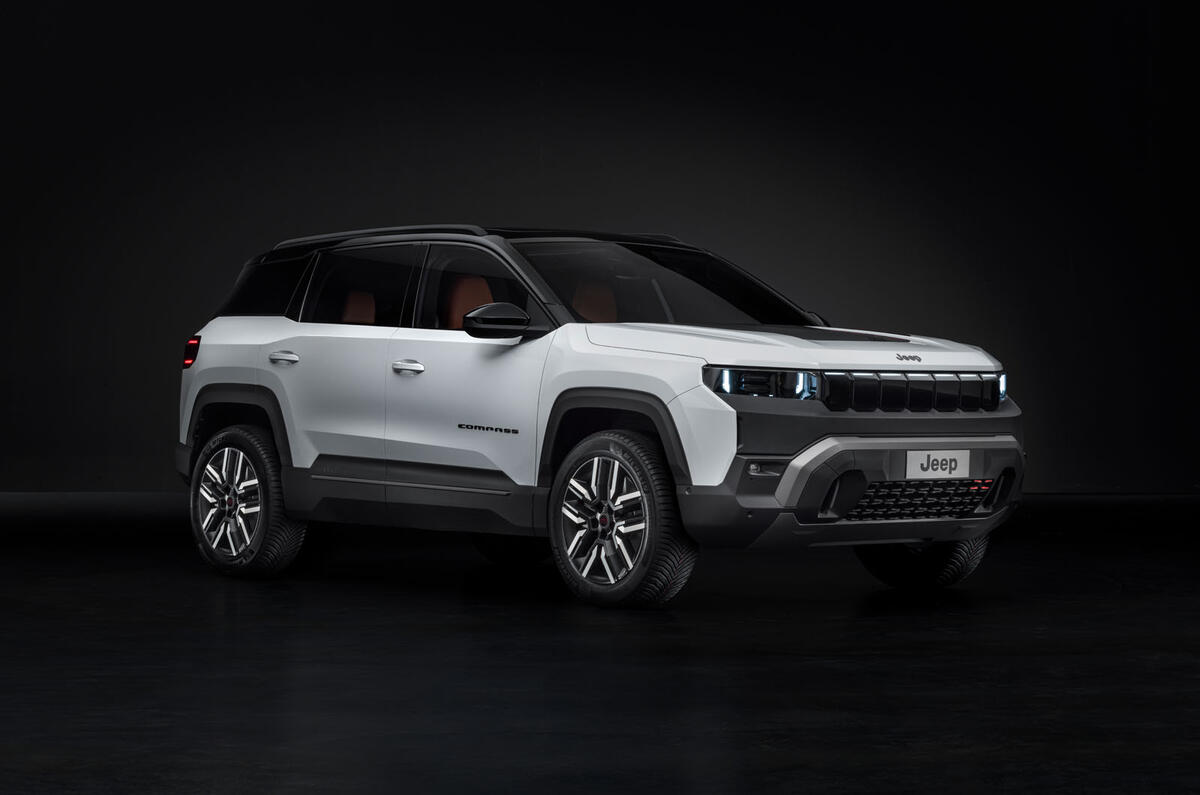


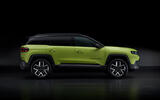
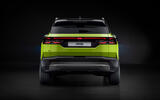

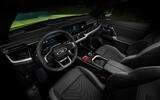

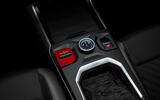
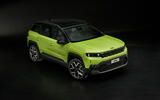
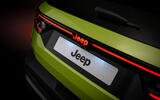
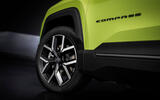
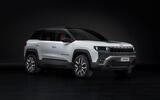
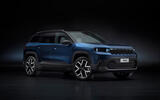






Join the debate
Add your comment
o according to Ralph Gillies the Compass is an icon for Jeep? personally I think that the Compass is where things started to go wrong for Jeep in the UK. Jeep sold quite well here with the Cherokee & Cherokee Chief models the Commander & Wrangler were more niche models that sold less. They sold well because the were tough rugged vehicles that were reasonably priced 4x4 SUV's that were good both off and off road that continued the Jeep tradition was started in WW2. The simaltanious introduction of the Compass & Patriot rather turned that on it's head a standard Chrysler/Mitsubishi platform was used and the only engine used was the new World Engine inline four developed with Hyundai. Previously all Jeeps had been "trail rated" but these two were little more than an estate & hatchback available with optional all wheel drive. But at least they were built in the USA and well priced, the introduction of the Renegade built in Italy and the Avenger built in Poland rather diluted this,Compass production production was moved to India then Italy. The range was trimmed down leaving only the Wrangler as the only traditional model left in the range and prices were raised thoughout with the entry level price of the Wrangler nearly £60k. So will the introduction of the third generation transform the fortunes of Jeep UK? it's not really that exciting or cheap and there are far better vehicles such as the RAV4 that cost about the same ,so the next few years will be interesting for Jeep sales here
o according to Ralph Gillies the Compass is an icon for Jeep? personally I think that the Compass is where things started to go wrong for Jeep in the UK. Jeep sold quite well here with the Cherokee & Cherokee Chief models the Commander & Wrangler were more niche models that sold less. They sold well because the were tough rugged vehicles that were reasonably priced 4x4 SUV's that were good both off and off road that continued the Jeep tradition was started in WW2. The simaltanious introduction of the Compass & Patriot rather turned that on it's head a standard Chrysler/Mitsubishi platform was used and the only engine used was the new World Engine inline four developed with Hyundai. Previously all Jeeps had been "trail rated" but these two were little more than an estate & hatchback available with optional all wheel drive. But at least they were built in the USA and well priced, the introduction of the Renegade built in Italy and the Avenger built in Poland rather diluted this,Compass production production was moved to India then Italy. The range was trimmed down leaving only the Wrangler as the only traditional model left in the range and prices were raised thoughout with the entry level price of the Wrangler nearly £60k. So will the introduction of the third generation transform the fortunes of Jeep UK? it's not really that exciting or cheap and there are far better vehicles such as the RAV4 that cost about the same ,so the next few years will be interesting for Jeep sales here
"But it has been engineered to offer superior off-roading capability, claims Jeep, to position it as “the most capable” car in its class." Is this done with FWD cars? (Apart from the top of the range electric version). So this is only a marketing bulls.... or Jeep really did wonders here.